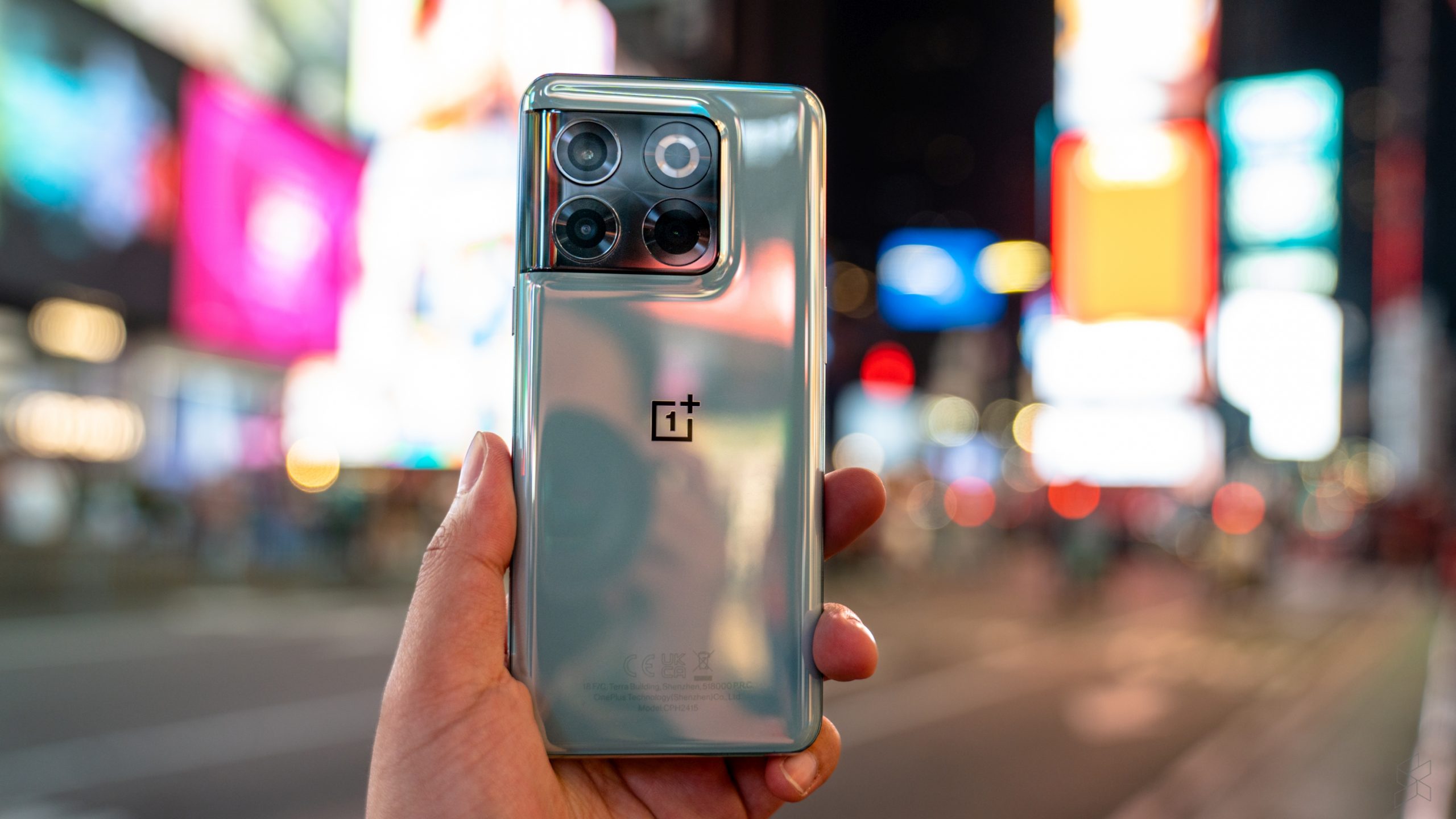It’s been awhile, but welcome to New York City. Today, I’m here to check out the brand new OnePlus 10T.
For the uninitiated, the OnePlus 10T is the latest smartphone from the company who has built its name on never settling.
The same company who then went on to make a bunch of mid-range and affordable smartphones that very clearly asked its buyers to settle…all while pushing the price point of its flagship smartphones higher and higher.
We’ve definitely come a long way since the RM1,300 OnePlus One. But, if you saw the OnePlus 9 series, and didn’t like all the frills–or if you really wanted a no-nonsense smartphone that would appeal to the original OnePlus core fanbase, well this might just be as close as it gets.
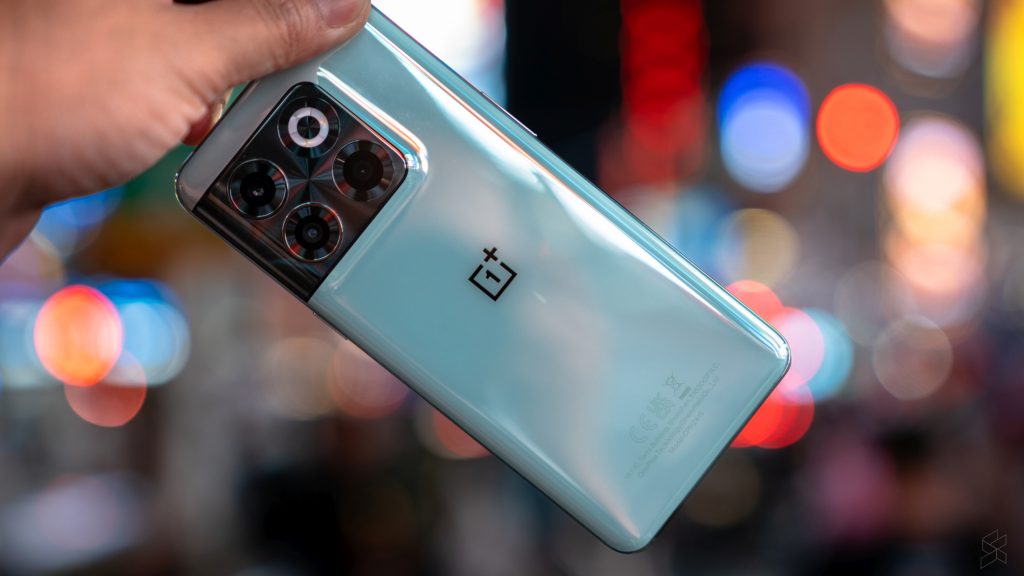
Let me start with the specs—it has all of them. A snapdragon 8+ Gen 1 processor. Up to 16GB of LPDDR5 RAM, up to 256GB of UFS 3.1 storage. There’s not going to be a whole lot on the market right now that will outperform this device. The only thing I’d really want to see would be a 512GB option, but for most people I think 256GB should be enough to last the lifetime of this smartphone.
They’ve also developed a 3D Passive Cooling system with something called a cryo-velocity vapour chamber to keep those high performance internals frosty. And after spending a couple of days with it, I can say that something’s definitely working. Even after 30 minutes of sustained gaming on Asphalt 9 with everything maxed out, the phone barely felt warm to the touch.
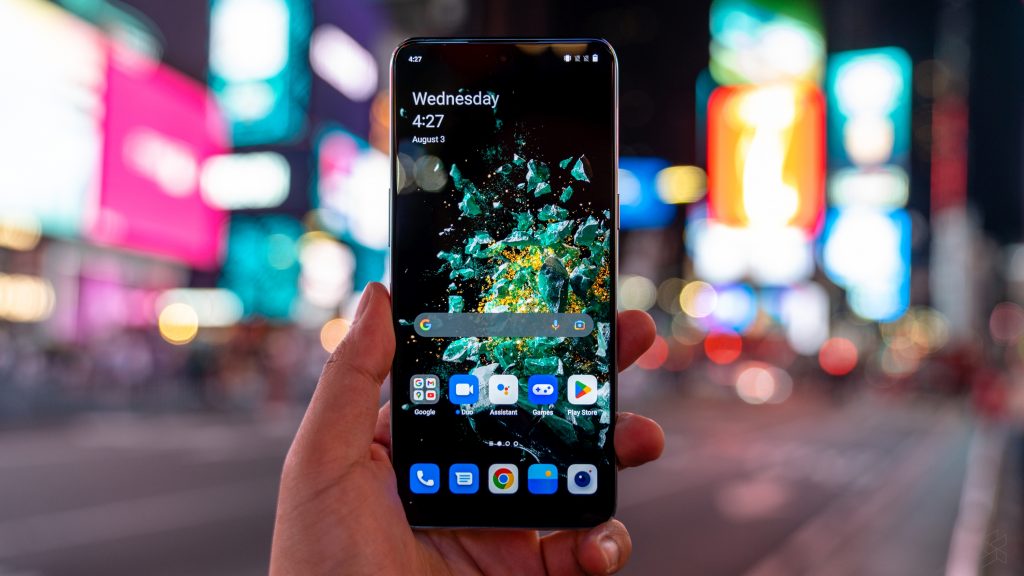
Here’s the thing, I’m clearly not a huge mobile gamer. And I can already hear the comments complaining about the fact that I tested this phone with Asphalt 9. Look, although they may talk about gaming a lot, they’re not really positioning this as a “gaming” smartphone the way an ROG Phone would, for example. OnePlus says that gaming is simply a better example of real-world performance demands than a benchmarking program.
But if you want to see specific games tested on the OnePlus 10T, let me know in the comments and we’ll see what we can do.
That said, there are a couple of things here that will appeal to gamers. The performance was one, and this screen is another. It is a 6.7” Full HD+ AMOLED display with a refresh rate of up to 120Hz and a touch sampling rate of up to 1,000Hz. Naturally, it will feature adaptive refresh rates ranging from 60Hz, 90Hz and 120Hz so it will adjust based on your usage.
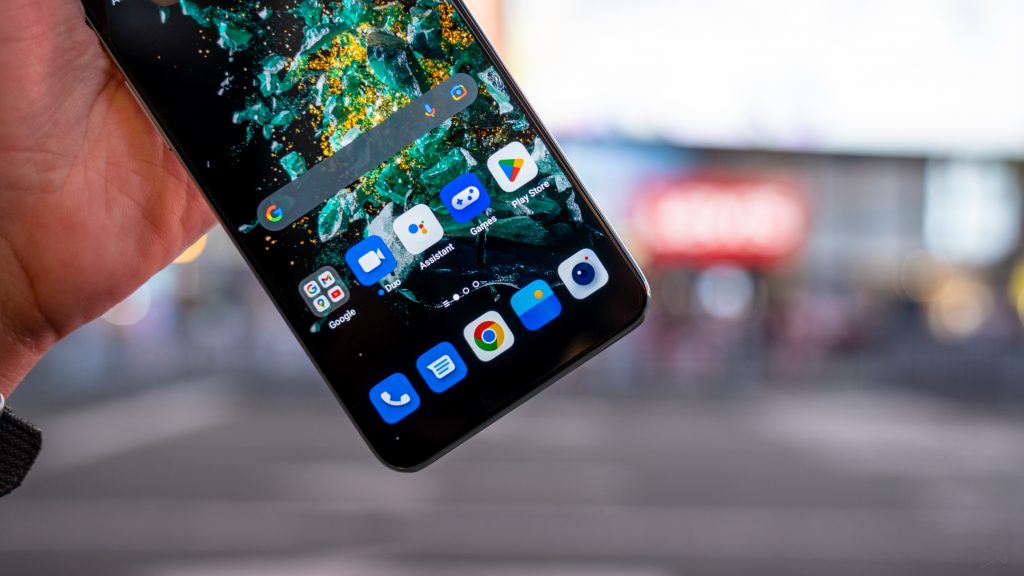
Would I have liked to see a Quad HD display, yes. But, in 2022, I’d still classify that as a frill especially since most Quad HD phones run on Full HD resolutions to save battery. And it’s a pretty nice screen. Peak brightness maxes out at 950 nits and it supports 10bit colour as well as HDR10+. Viewing angles are also solid with no significant colour shifting when viewing off axis. It’s got almost everything I’d want in a phone screen.
But if I had to point at the single most mind-boggling thing about this phone, it would be the charging.
OnePlus has equipped this phone with a 4800mAh battery, which isn’t great by 2022 standards. But it supports charging speeds of up to 150W. This phone can go from 1-100% charge in just 19 minutes. 19 MINUTES. And the best part? They give you a 160W charging brick in the box.
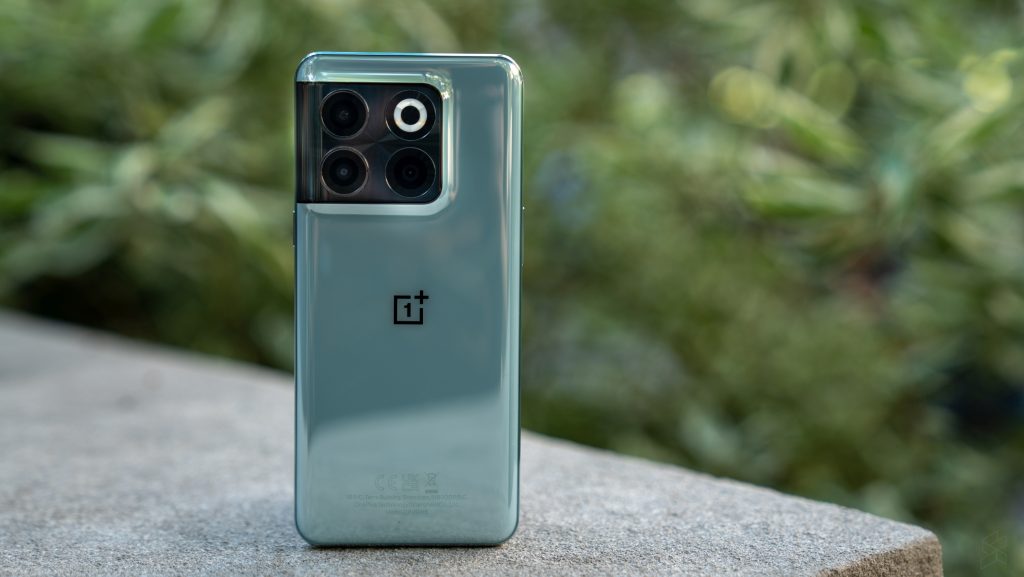
On top of this, apparently this battery has a self-healing component. Enabled by something called a Bionic Electric Technology, the cell can continuously repair the electronic components in the battery to give it a lifespan of about 1600 cycles. I don’t really know what that means in a real-world setting, I tried asking but I didn’t really get an answer.
But, I did later find a mention of it in OnePlus’ reviewer guide that claims it will retain about 80% of your battery health even after four years of normal usage. It will be interesting to see how this affects battery health when it gets into consumer’s hands, because next to battery life that’s what you should be most concerned about.
While it’s easy to get excited about OnePlus returning to its core, it’s important to remember that those early OnePlus devices were far from perfect. Despite the never settle mantra, you did have to give up a lot to get the unadulterated performance—and this OnePlus 10T continues that tradition.
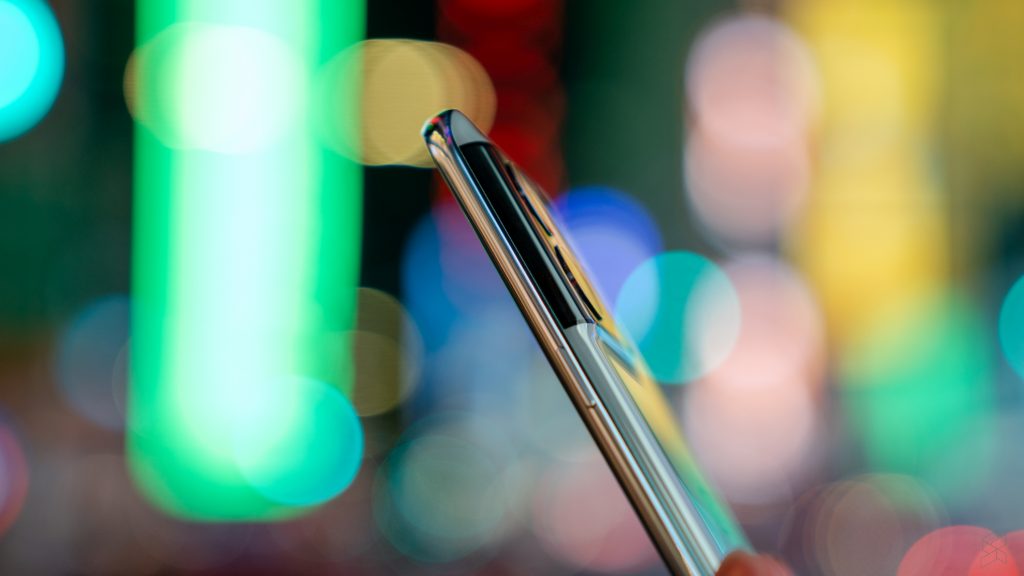
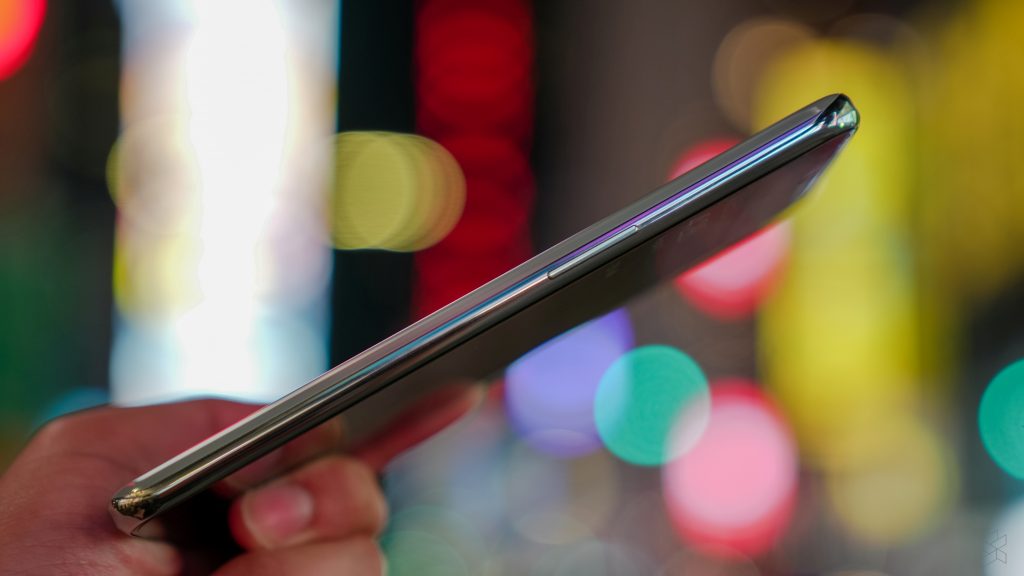
The very first thing I noticed when I picked this phone was that it doesn’t feel particularly premium. I think older OnePluses have always been abit of an acquired taste, and this phone feels a lot like that too.
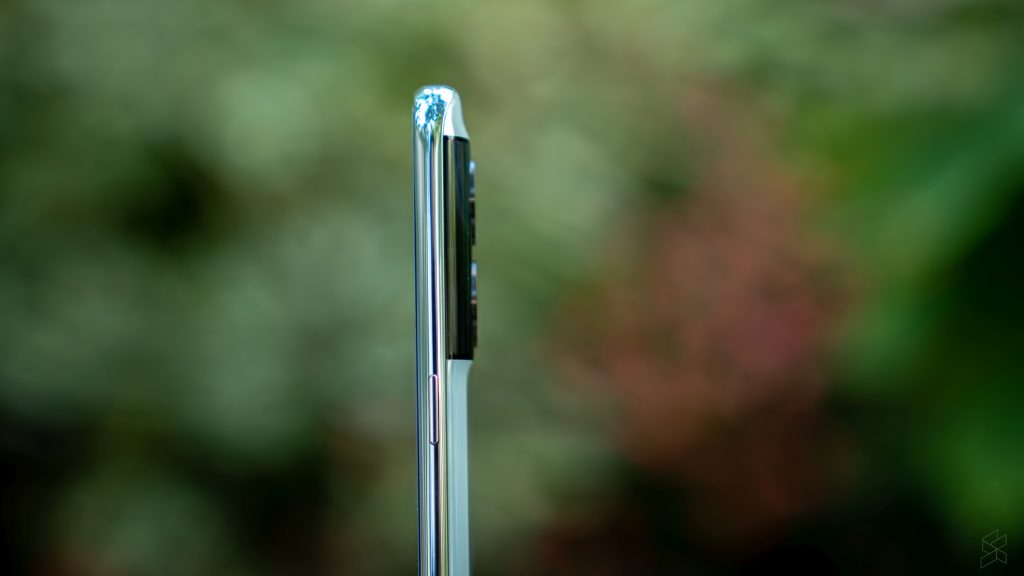
On paper, the materials sound good. The back is this single unbroken piece of glass that wraps around the camera bump in a very organic way, but in the glossy Jade Green colourway, I just don’t think it feels very nice. It’s also a massive fingerprint magnet so I’m personally more interested in the Moonstone Black variant.
Then you have the frame, which is made of a material called “is this even metal?”, and the buttons that wobble a lot. Together, the whole thing just feels like it was built down to a price and it probably was. The upside is that it feels very light in the hand, and the curved structure of the phone makes it fit really nicely in your palm too. So people who hate heavy, blocky phones will prefer this over something like an iPhone 13 Pro.
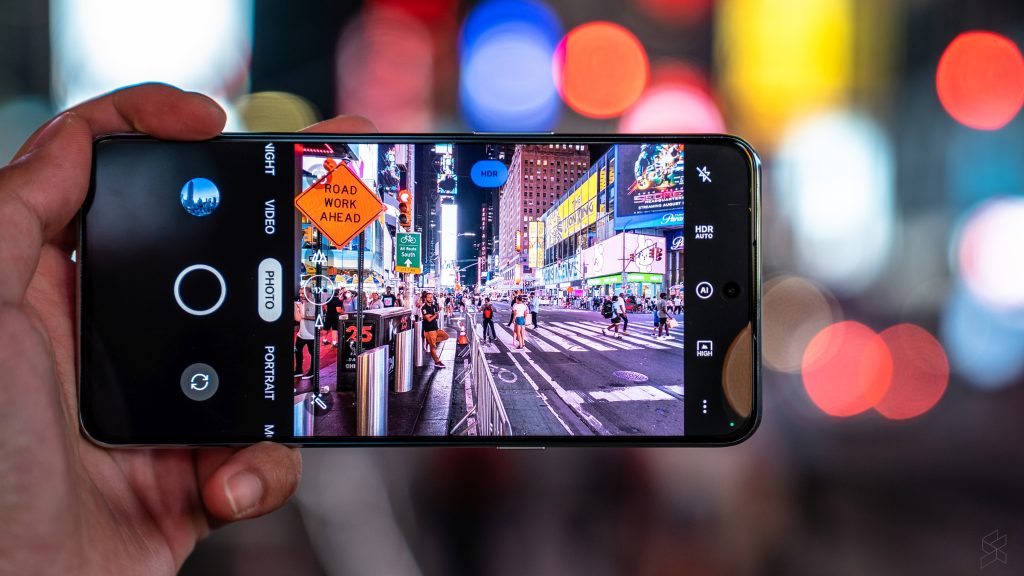
Famously though, the biggest criticisms of early OnePlus devices was their camera systems. And on paper, the OnePlus 10T doesn’t inspire a whole lot of confidence. Yes, it does feature a triple camera system, but one of those cameras is a 2MP macro camera that I feel is a little pointless. That means you’re left without a telephoto camera. I’m personally a big fan of telephoto cameras because they’re so useful for subject photography.
That being said, I was a little bit surprised with how well the camera holds up in real-world photography. Shooting it alongside an iPhone 13 Pro I don’t think many would complain about how the images look.






















Yes, the Auto HDR is a little bit more aggressive than the iPhone’s, but it’s hard to argue with how nicely the photos turn out. There’s plenty of detail, plenty of colour and everything looks quite natural to my eyes. The only real drop off compared to the iPhone is when it comes to zooming because you do lose a tonne of detail without a dedicated telephoto camera.
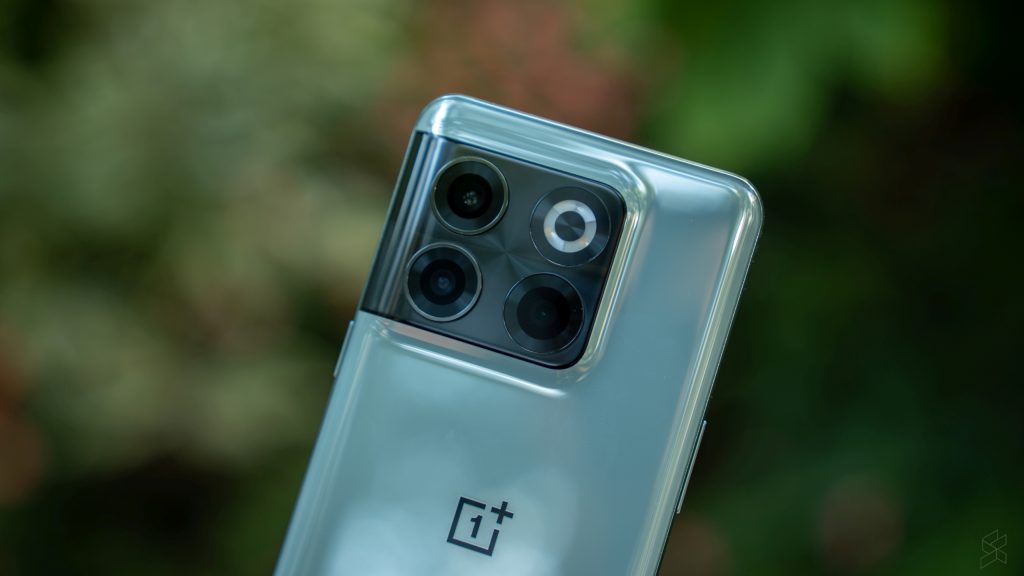
The thing is, there are reasons why people still loved those early OnePlus devices despite the clear flaws.
Software was one of the big plus points. Oxygen OS was the enthusiast’s choice outside of stock Android because it was a lot like the phones it came pre-loaded in: no frills. It’s mostly stock with a couple of quality-of-life features that made the thing a joy to use without being a pain to live with.
But over time OnePlus added more and more things to the launcher and by the time Oxygen OS 12 rolled around, the hardcore fans weren’t happy. It was feeling and looking a lot more like ColorOS and that’s not something a stock android fan wants to hear.
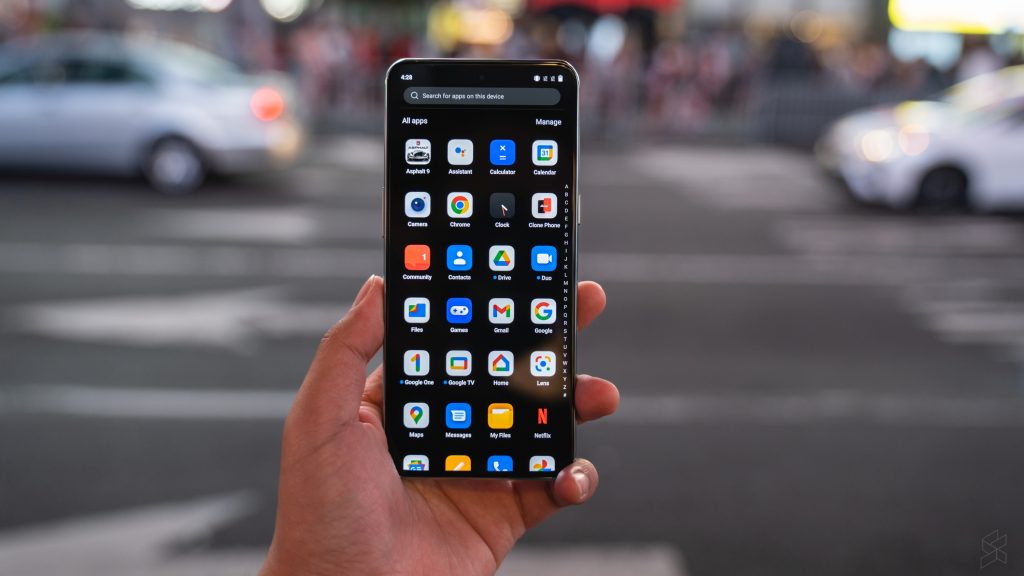
In the OnePlus 10T’s case, despite launching alongside Oxygen OS 13, the phone still comes with Oxygen OS 12 preloaded. OnePlus says that they just haven’t had enough time to optimise the software for the new Snapdragon 8+ Gen 1 chip yet but I don’t know if that’ll be good enough for fans.
I did ask them if they’ve done anything to ensure smoother and faster updates so the issues that plagued the OnePlus 9 series wouldn’t happen on the OnePlus 10T and they said they have “spent a lot of effort on this”, so I guess that’s as close to a yes as we’re going to get? Only time will tell here.
But I think the one thing that made OnePlus fans embrace the early devices—flaws and all—was the price. And that is the single biggest question mark that’s hanging over this smartphone’s head.
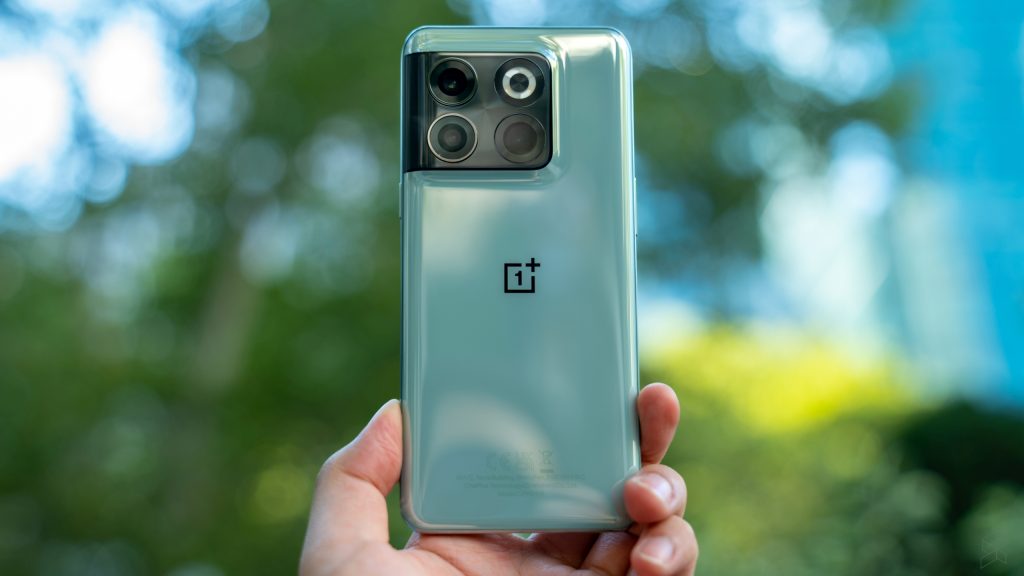
At the time of this recording, I don’t know how much it will cost in Malaysia yet. So I can’t even tell you if this phone is a good buy. I can tell you that this will literally make or break this device in Malaysia.
OnePlus doesn’t have the luxury of Samsung or Apple to price their devices slightly above the market value. Because they don’t have the ecosystem features those phones have. They don’t have the IP68 water resistant ratings, and they definitely don’t have the brand recognition.
My advice? Make this phone cheaper than the Galaxy S21 FE and I think you will have an absolute banger on your hands.
Oh, there is one thing I did not mention earlier and that is the fact that this phone doesn’t have an alert slider. Everyone’s going to complain about it, and I get it—the alert slider was neat and handy. And many core fans argue that it’s part of the company’s identity. But here’s the thing, my OnePlus One didn’t have an alert slider either, so who’s the real fake fan now?

